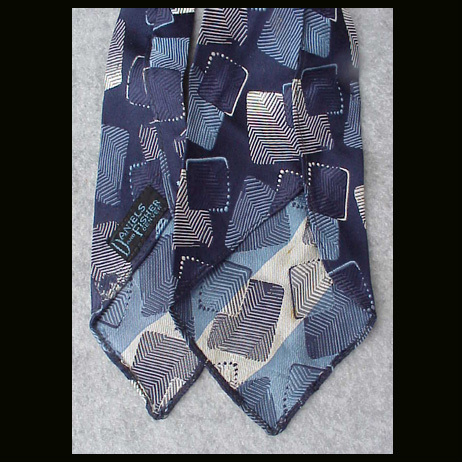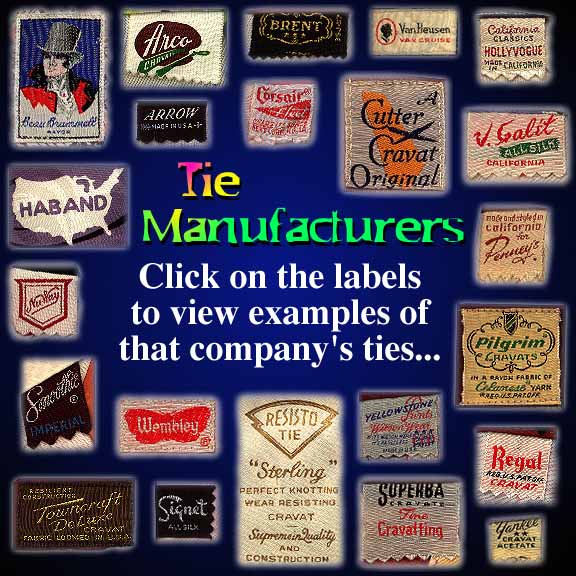Retro Spectator
Practically Family
- Messages
- 824
- Location
- Connecticut
I may have asked this question before, but I was wondering, how do you tell how old a tie is without bringing a measuring tape with you? As I have never owned a vintage tie, I do not know how thick they are. I hear that the labels are in different places, but I wonder, do 60s ties have labels in different places too? I seem to always wind up buying 70s/80s ties by accident, believing they are from the 60s, only to be wrong.




